- Call Today +91 89803 95039
- Open Hour 09:00 AM to 09:00 PM
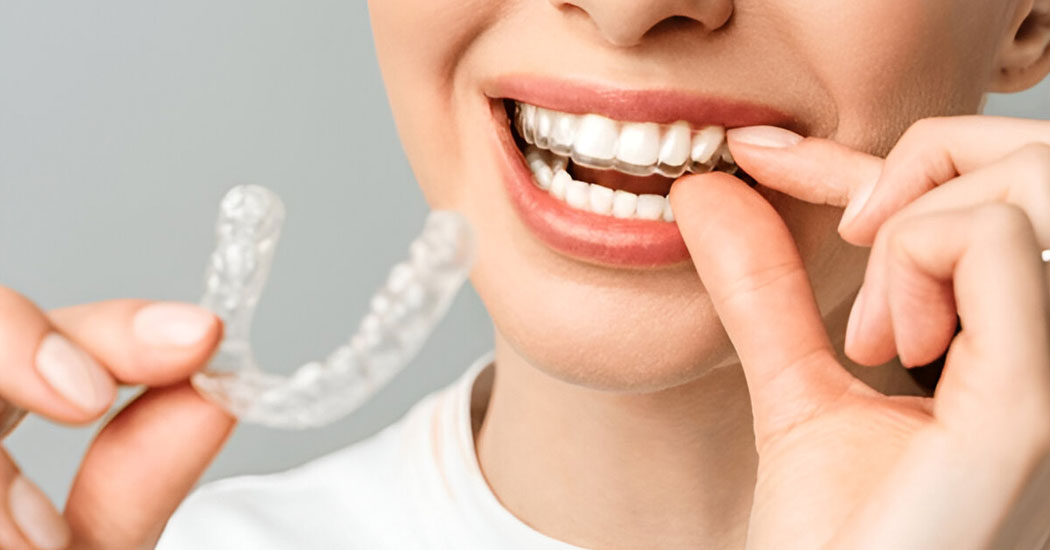
At Stavya Dental Hospital, we are proud to offer lingual orthodontics, a sophisticated and aesthetically advanced treatment option for patients seeking to correct their smiles discreetly. Lingual braces represent a revolutionary approach to orthodontics, providing the effectiveness of traditional braces with the unparalleled cosmetic benefit of being completely hidden from view.
Lingual braces utilize the same fundamental principles as labial (traditional) braces – applying gentle, consistent pressure to guide teeth into their desired positions. However, the key difference lies in their placement. Lingual brackets and wires are custom-fabricated and bonded to the lingual (tongue-facing) surfaces of your teeth.
The Modern Approach to Orthodontic Treatment at Stavya Dental Hospital, Ahmedabad
At Stavya Dental Hospital in Ahmedabad, we are dedicated to providing our patients with the most advanced and aesthetically pleasing orthodontic solutions. Clear aligners represent a cutting-edge alternative to traditional braces, offering a discreet, comfortable, and effective way to achieve a straighter, healthier smile.
Clear aligners, such as Invisalign®, utilize a series of custom-designed, transparent plastic trays to gently shift your teeth into their desired positions. These aligners are crafted based on precise digital scans or impressions of your teeth and a comprehensive treatment plan developed by our experienced orthodontists.
Today's orthodontics offer more kinds of braces than ever before. Check out your options:
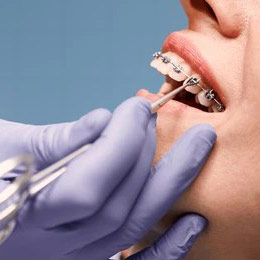
Metal braces, often the first image that comes to mind when thinking of orthodontics, consist of metal brackets and wires. While the classic "metal-mouth" look of the past may be what some adults remember, modern metal brackets are significantly smaller and less conspicuous. Furthermore, advancements like heat-activated archwires utilize body heat to gently guide teeth into alignment, potentially making the treatment process faster and more comfortable than before. Metal braces are typically the most affordable orthodontic option and offer the added benefit of customizable colored bands, allowing children and teens to personalize their look.
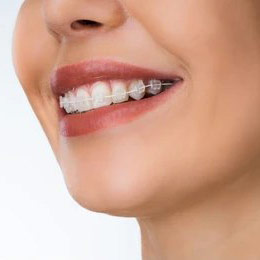
Ceramic braces share the same size and shape as traditional metal braces but offer a more discreet aesthetic. Instead of metal brackets, they utilize tooth-colored or clear brackets that blend seamlessly with your natural teeth. To further enhance their inconspicuous appearance, some ceramic brace systems also incorporate tooth-colored wires. This makes them a significantly less noticeable option compared to metal braces. Additionally, ceramic braces are known for their effectiveness in moving teeth, often working considerably faster than clear plastic aligners.
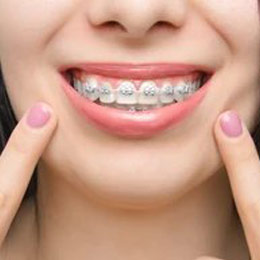
Low friction braces, also known as self-ligating braces, represent an advancement in orthodontic technology. Unlike traditional braces that use elastic or rubber ties to hold the archwire in place, self-ligating braces feature a built-in mechanism to secure the wire. This design significantly reduces friction, allowing teeth to move more efficiently and often with greater comfort. For individuals who prefer a less colorful aesthetic, self-ligating braces are an excellent option as they eliminate the need for colored ties. Furthermore, the reduced friction can contribute to a potentially faster overall treatment time. These braces are available in both clear (ceramic) and stainless steel variations, offering both functional and aesthetic choices.
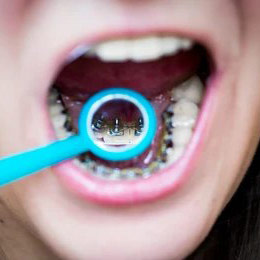
Lingual braces function on the same principles as traditional metal braces, but with a significant difference in placement. Instead of being bonded to the front surfaces of the teeth, the brackets and wires are attached to the inside (tongue-side) of the teeth. This unique placement makes lingual braces completely invisible from the outside, offering a highly discreet orthodontic treatment option.

Invisalign treatment involves a series of typically 18 to 30 custom-designed, clear plastic aligners that resemble mouthguards. These aligners are virtually invisible and offer the significant advantage of being removable. Patients wear each set of aligners for approximately two weeks before progressing to the next set in the series. This removability allows for greater flexibility, enabling patients to eat and drink any foods they desire without the restrictions associated with traditional braces.
Consultation and Examination: Initial assessment, including X-rays, impressions, and photographs.
Treatment Planning: Developing a customized plan based on the patient's needs.
Placement of Braces: Bonding brackets to teeth and attaching archwires.
Regular Adjustment Appointments: Typically every 4-8 weeks to adjust the wires and monitor progress.
Debonding: Removal of braces at the end of treatment.
Retention: Wearing retainers (fixed or removable) to maintain the new tooth alignment.
All rights reserved 2025 © Stavya Dental Hospital